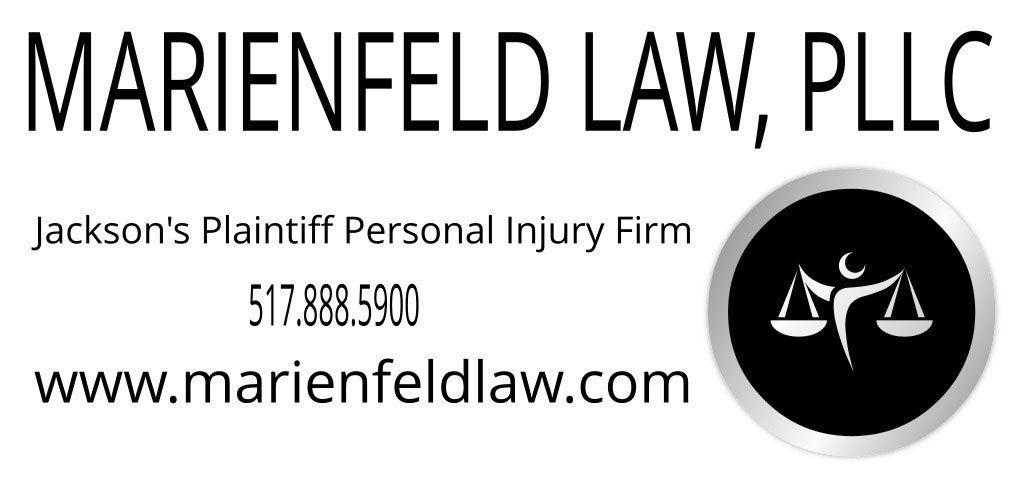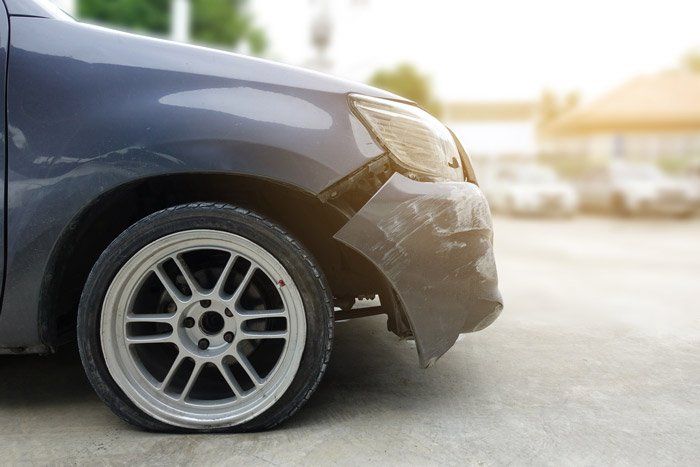MARIENFELD LAW, PLLC
Jackson's Plaintiff Personal Injury Firm
Call Us Today at (517) 888-5900
Side-Impact Collisions: Who's at Fault?
Side-impact collisions account for more than a quarter
of all vehicular accident deaths. The danger of side-impact crashes is evident. Determining fault is an entirely separate matter. Accidents happen quickly, and you may not remember exactly what happened.
If you were injured in a side-impact collision and have questions, learn about some of the factors often used to establish fault and how you should move forward with a claim.
Establishing Fault
With rear-end collisions, the accident often speaks for itself. But given the dynamic of a side-impact collision, you can’t always determine who is at fault just by looking at the crash. Here are two strategies sometimes used to determine responsibility.
Traffic Laws
Traffic law violations are a common cause of side-impact collisions. One driver may run a red light or fail to yield to oncoming traffic. Proof that the other driver violated a law is especially valuable to the success of your claim. Traffic cams or surveillance footage from a nearby business may show the vehicle running a red light or stop sign.
Witness statements are also helpful to prove a violation. Yet, a scenario where it's clear the driver who struck your car was driving recklessly may not be enough for a successful claim. The value of your claim may be limited if you are also found at fault.
For example, if driver A makes an unsafe turn and is hit by driver B, driver A would appear at-fault for the accident. If there is proof that driver B was speeding, both drivers will share the blame for the crash. Michigan is a comparative-negligence state. In cases with shared fault, the award of the plaintiff is lowered based on their percentage of responsibility.
Vehicle Damages
Damages are not just crucial for assessing the cost of an accident; they may also help prove fault in side-impact collisions. For example, assume vehicle A was traveling on the road when vehicle B made a right turn without first stopping to check for oncoming traffic. There was no traffic cam footage or witness statements to prove vehicle B made an improper turn.
Impact on the rear side of vehicle A could show that the car was in motion before vehicle B improperly turned and hit them. If the damage to your vehicle does not help you establish fault, an assessment of the damage by an attorney is still helpful.
Damage assessments can help an attorney organize how the accident did not occur. If the other party's insurance company tries to create a scenario that places all or some of the blame on you, an attorney will use this assessment to discredit their argument.
Submitting a Claim
Evidence is vitally important to support a side-impact collision claim given the difficulty that goes into establishing fault. Obtain a copy of the police report right away to begin your evidence collection effort. Document the damage to your vehicle and your injuries with photographs.
In the event, your claim goes to court, medical records with supporting pictures give a judge or jury a more definite account of your injuries. You must also act quickly. Accidents that require further investigation to prove fault often take longer to settle.
Any delay in filing your claim extends the amount of time it will take to receive compensation for your losses. Michigan also has a three-year statute of limitation clause for personal injury cases. Claims submitted after the third year may be denied.
Side-impact collisions have the potential to lead to injury, even if the vehicles are not traveling at high speeds. With injuries come medical bills and missed time from work. At Marienfeld Law PLLC, we fight
to ensure our clients are compensated for their injuries. We want to do the same for you. Contact our firm to discuss your injuries.

